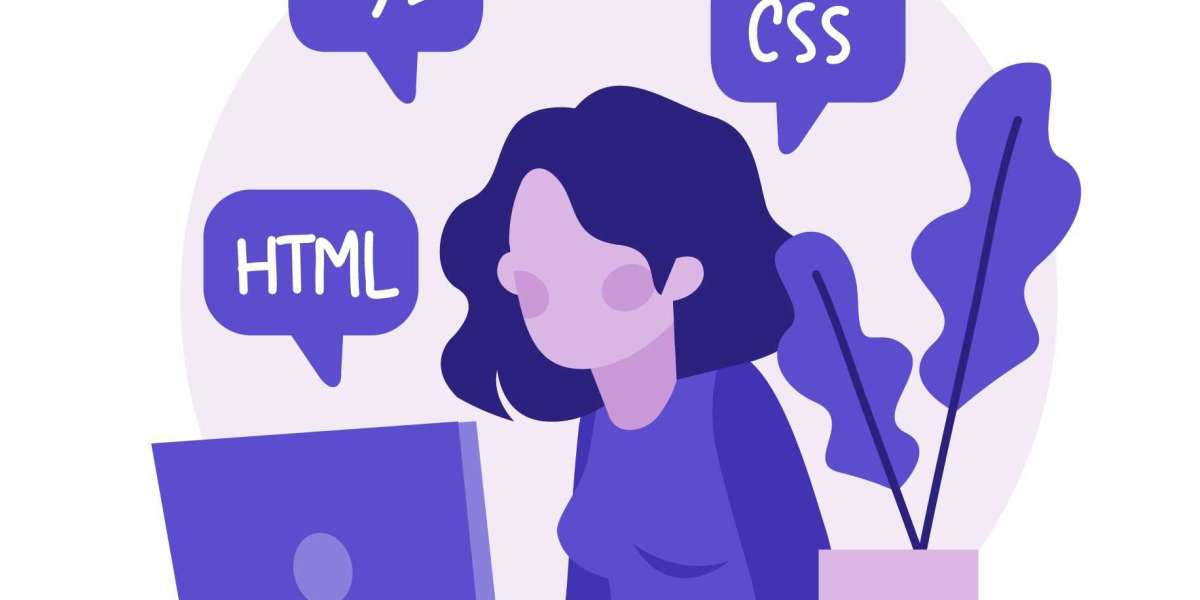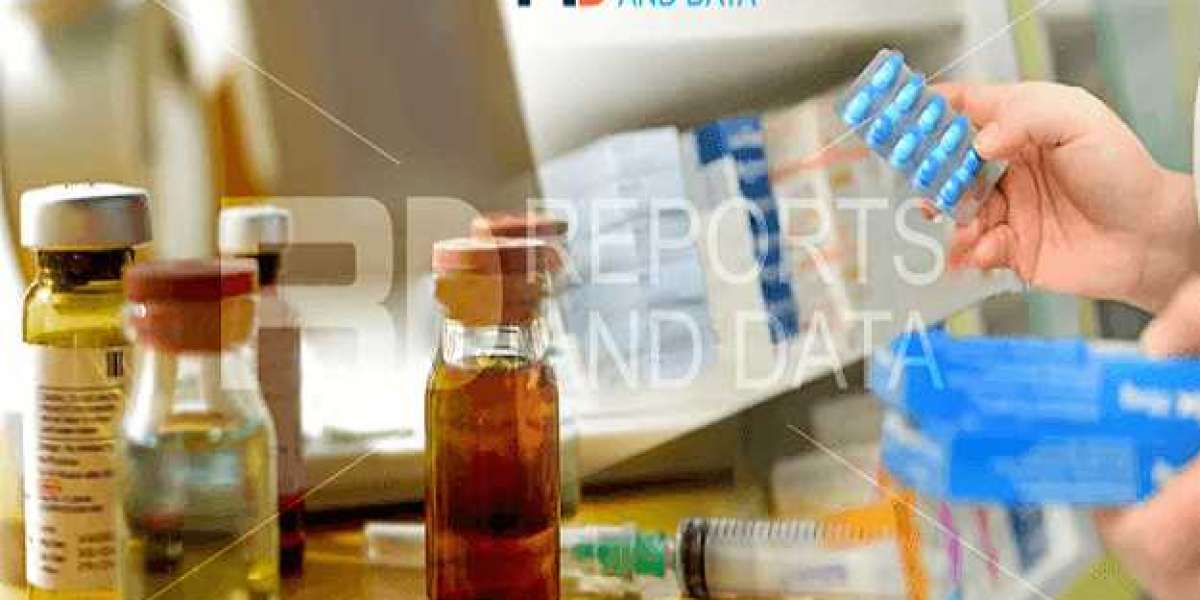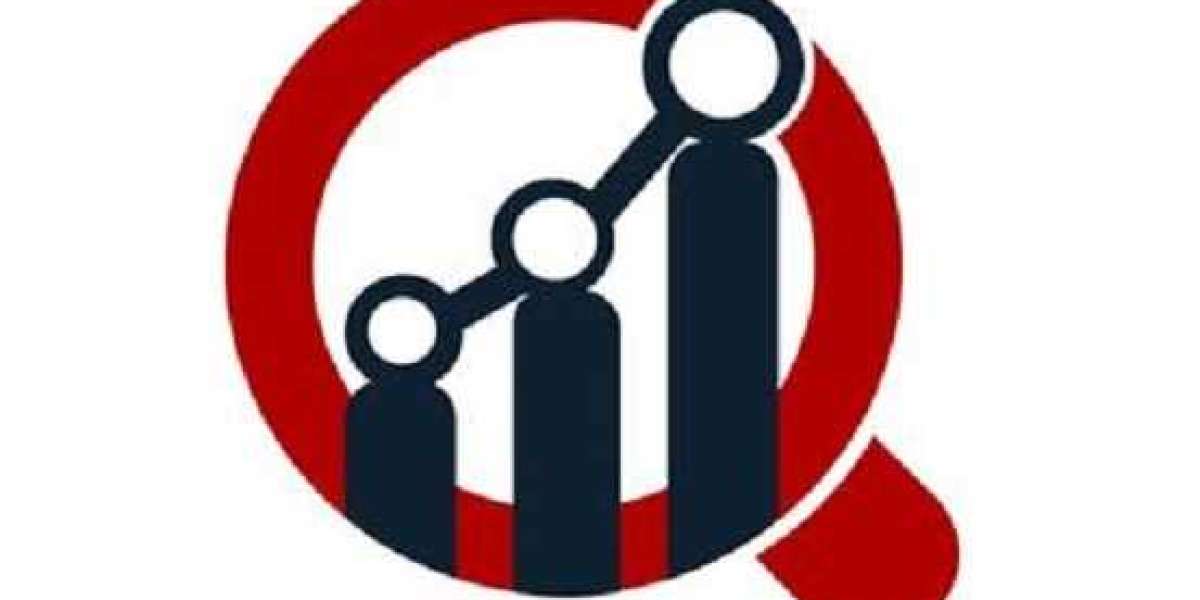Python, the versatile and user-friendly programming language, has enjoyed tremendous growth and popularity over the years. As we venture into 2023, it is essential to examine the current state of Python and its trajectory in various domains. From web development to data science and machine learning, Python continues to impact the tech industry significantly. In this article, we explore the key developments, trends, and applications that shape Python's landscape in 2023.
Continued Growth and Adoption:
Python's growth shows no signs of slowing down. In 2023, it remains one of the most widely used programming languages across industries. The simplicity of its syntax, rich libraries, and vibrant community contribute to its popularity. Companies, both big and small, continue to adopt Python for various projects, fueling its expansion into new domains.
Python in Web Development:
Python has a significant presence in web development, and this trend continues in 2023. Our Python development company leverages the power of frameworks like Django, Flask, and FastAPI, which are favored choices for building robust and scalable web applications. Python's ease of use and rapid development capabilities make it an ideal choice for startups and large enterprises alike. Partner with us for cutting-edge Python web solutions tailored to your business needs.
Python for Data Science:
The rise of data science and analytics has further elevated Python's importance in 2023. Libraries like Pandas, NumPy, and Scikit-learn are indispensable tools for data scientists. Python's ability to handle large datasets, coupled with its extensive visualization options, solidifies its position as the go-to language for data analysis.
Machine Learning and AI:
Python remains the dominant language in the machine learning and artificial intelligence domains. Libraries like TensorFlow, Keras, and PyTorch empower developers to build complex AI models and neural networks efficiently. As AI-driven applications continue to gain traction, Python plays a crucial role in powering these innovations.
IoT and Embedded Systems:
The Internet of Things (IoT) market continues to expand rapidly, and Python's lightweight nature and versatility make it a preferred choice for IoT and embedded system development. In 2023, Python's application extends to smart devices, home automation, and industrial automation, solidifying its position as an essential language for IoT projects.
Python in Blockchain and Cryptocurrency:
Python has made significant inroads in the blockchain and cryptocurrency space. In 2023, it continues to play a vital role in building decentralized applications (DApps), smart contracts, and blockchain solutions. Python libraries like Web3.py facilitate smooth interactions with blockchain networks, empowering developers to harness the potential of decentralized technologies.
Quantum Computing:
The emerging field of quantum computing also experiences Python's impact. Developers utilize Python to interact with quantum computing frameworks and libraries, enabling them to experiment with quantum algorithms and explore the potential of quantum computing in various industries.
Python Security and Reliability:
With its widespread adoption, ensuring the security and reliability of Python applications becomes increasingly crucial. In 2023, the Python community continues to prioritize security updates and bug fixes, ensuring a stable and secure development environment.
Focus on Accessibility and Inclusivity:
The Python community is committed to promoting accessibility and inclusivity within the language and its ecosystem. Efforts to improve documentation, make learning resources available, and encourage diverse participation remain at the forefront in 2023, allowing Python to attract a broader range of developers and users.
Python and DevOps:
Python plays a vital role in the DevOps landscape in 2023. Its ease of automation, integration capabilities, and support for infrastructure-as-code contribute to seamless DevOps workflows. Python scripts facilitate tasks such as continuous integration, deployment, and monitoring, streamlining the software development lifecycle.
Python in Education:
Python's user-friendly nature and versatility have made it a preferred choice for teaching programming in educational institutions. In 2023, Python continues to be a popular introductory language for students and aspiring developers, nurturing a new generation of tech enthusiasts.
Challenges and Future Direction:
While Python continues to thrive, it does face challenges in 2023. The ongoing debate over Python 2 to 3 migration still lingers in certain legacy projects. Additionally, as the language expands into various domains, maintaining a balance between ease of use and performance becomes a challenge.
In terms of future direction, the Python community aims to enhance performance further and improve support for concurrency and parallelism. The development of type hinting and static analysis tools also points towards a more robust and scalable Python ecosystem.
Conclusion:
As we delve into 2023, our Python software development company recognizes Python's state as strong and promising. Its versatility, ease of use, and vibrant community contribute to its widespread adoption across diverse domains. Python continues to make significant strides in web development, data science, machine learning, and emerging technologies like IoT, blockchain, and quantum computing. With its continued growth, accessibility, and focus on innovation, Python is poised to shape the future of software development for years to come. Partner with us to harness the full potential of Python for your cutting-edge software solutions.








